By Giedrė Asin Marco, LM CID LIMIS administrator and responsible for international relations.
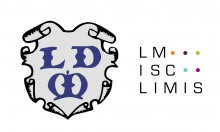 Lithuanian museums caught the digitisation train rather late comparing with the rest of Europe. Therefore now they try hard to come up with it and present Europe’s audience with digital images of their collections. The coordinator of museums digitisation activities is the Lithuanian Museums’ Centre for Information, Digitisation and LIMIS (LM CID LIMIS) established as a separate department at the Lithuanian Art Museum in 2009.
Lithuanian museums caught the digitisation train rather late comparing with the rest of Europe. Therefore now they try hard to come up with it and present Europe’s audience with digital images of their collections. The coordinator of museums digitisation activities is the Lithuanian Museums’ Centre for Information, Digitisation and LIMIS (LM CID LIMIS) established as a separate department at the Lithuanian Art Museum in 2009.
It was the 2009–2013 strategic plan of cultural heritage digitisation approved by the Government of the Republic of Lithuania that enabled the Lithuanian Art Museum to become a recognised national training centre for implementing and managing digitisation projects at Lithuanian museums. The museum already had some experience in digitisation processes as part of its visual and applied arts collection had been digitized until then.
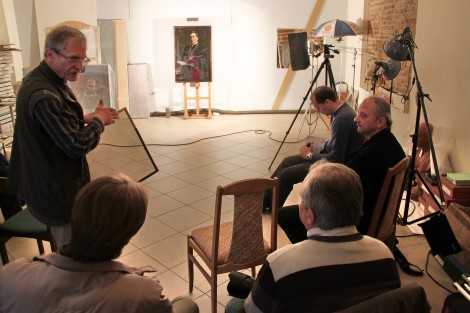
Lithuanian Art Museum photographer Antanas Lukšėnas speaks about flat objects photography. Photo by A. Valužis
The new centre LM CID LIMIS was set to also develop the Lithuanian Integral Museum Information System (LIMIS), which is to disseminate information by sharing it through online access to museum collection data. It will provide a crucial tool for the organisation of virtual exhibitions and the presentation of previously hidden cultural treasures.
The qualified specialists – photographers, digitising and museum specialists, system administrators, editors and translators – facilitate digitisation process for all museums throughout the country.
The video will take you to the premises of our centre and will give a deeper look into our everyday activities.
The Lithuanian Art Museum, a member of ICOM, has been a national museum since 1997. Having a public institution established in 1907 marked the beginning of its history. The museum has valuable collections of fine art, applied arts and folk art as well as a rich library, an archive and a photo archive. Since 2009 it has been responsible for organizing and coordinating digitisation activities at Lithuanian museums. It is an approved administrator and a recognized national training centre for implementing and managing digitisation projects at Lithuanian museums. For this purpose, a special branch called the Lithuanian Museums’ Centre for Information, Digitisation and LIMIS was established in 2009.
The Lithuanian Art Museum is one of the content providers of EuropeanaPhotography EU project and will coordinate the digitisation of 20 000 historic photos preserved at various Lithuanian museums. Taken between 1838 and 1939 they depict scenes from village life, Lithuanian ethnography as well as historical images of cities and architectural monuments. Having digitised the photos and negatives at the museums, the Lithuanian Museums’ Centre for Information, Digitisation and LIMIS will take over doing indexing and transforming metadata. It will also collaborate in the development of EuropeanaPhotography Vocabulary and develop its Lithuanian version. A workshop for the specialists of photographic archives, museums and cultural institutions will be held in Vilnius under the project framework.
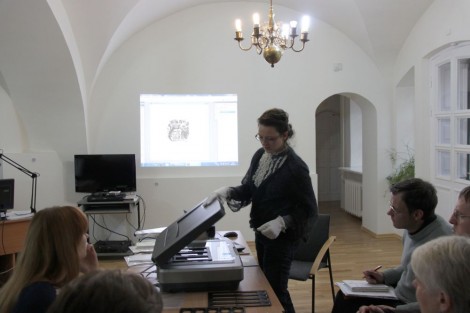
During the seminar I. Aleliūnaitė demonstrates how A3 scanner can be used to scan different types of exhibits and presents image editing programs. © Photo by D. Sirgedaitė
Official website:
Article about Leuven Conten Seminar participation:
English language: http://www.emuziejai.lt/EN/international/EuPh_Belgija_201204_en.html
Lithuanian: http://www.emuziejai.lt/tarptautinis/EuPh_Belgija_201204.html


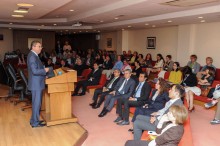
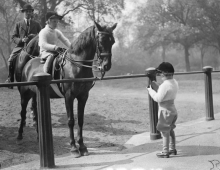
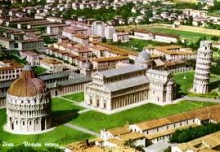
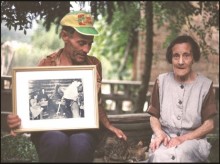
 If you have interesting news and events to point out in the field of digital cultural heritage, we are waiting for your contribution.
If you have interesting news and events to point out in the field of digital cultural heritage, we are waiting for your contribution.
























